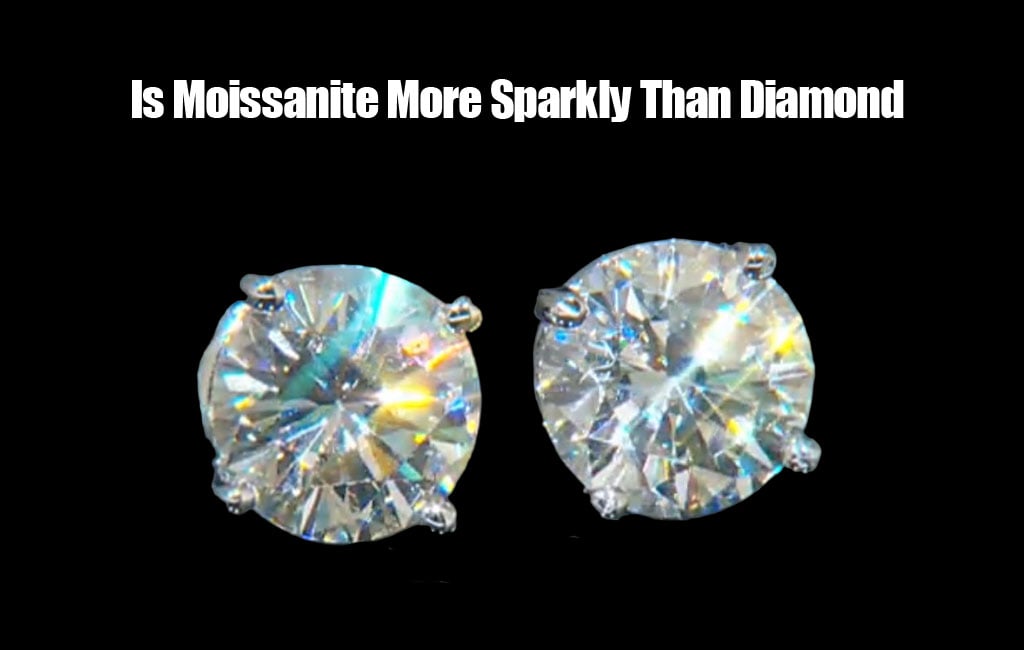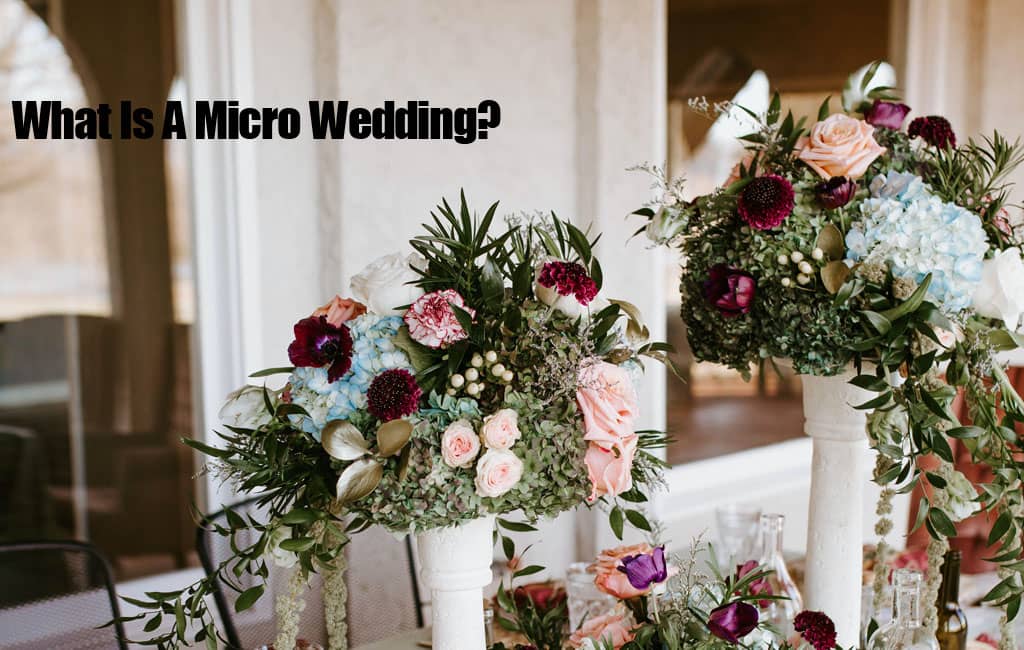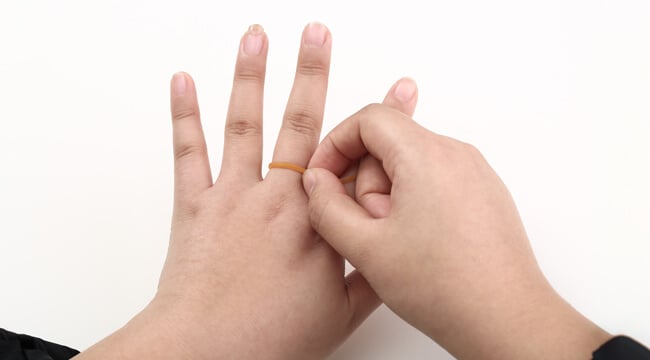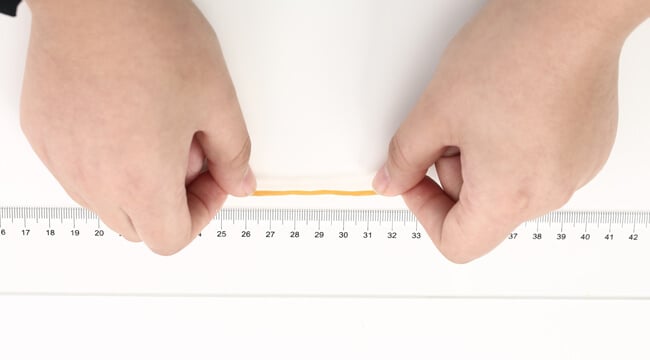Moissanite has long been considered an exquisite diamond alternative, making it one of the more popular choices among shoppers looking for exquisite stones as a cheaper alternative to Diamonds. But is Moissanite more sparkly than Diamonds? In this comprehensive guide, we’ll examine its unique properties while shining a light on this fascinating world of Moissanite and Diamonds.
Towards a Clearer View of Moissanite and Diamonds
Moissanite Is A Promising Rivaler
Moissanite, commonly recognized as an excellent “diamond alternative,” is a beautiful man-made gemstone known for its exceptional brilliance. Often considered a “diamond replacement,” its striking brilliance and impressive sparkle have long made it popular with jewelers and gemstone enthusiasts. Boasting an exceptional refractive index value that allows it to reflect light beautifully, creating a mesmerizing shimmer.
Diamond: Nature’s Masterpiece
Conversely, diamonds are some of Earth’s greatest natural wonders – formed deep within its crust under intense pressure and heat – and revered for their unmatched hardness. Their brilliance can be found in both reflected light as well as dispersed into an impressive spectrum of hues.
Unleashing the Brilliance
So, you may be asking: what causes these gemstones to shine?” Their shimmer is due to several factors, including luster, brilliance, dispersion, refraction, and scintillation – terms that describe how light interacts with gemstones to produce this spectacular show of brilliance that we all adore.
Jewelers do not usually refer to gemstones as being “sparkly.” Instead, they refer to a well-cut gemstone’s brilliance – its ability to reflect and refract light from its surface – as “its sparkle.”
A gemstone’s shine depends on its ability to allow light into its depths, channel, bend, split, and reflect back out again. Cut quality plays an essential part in determining a diamond’s brilliance: each stone features numerous flat surfaces known as facets for maximum light performance.
Artistically, diamond cutters utilize their artistic skills to angular these facets so they reflect light back through the top of the stone and back onto its surfaces. Each angle and shape of the facet plays an integral part in how light interacts with a diamond’s sparkle; improper cutting may lead to light seeping out from the sides or bottom, diminishing it further and making it look lifeless.
How Do Inclusions Affect Brilliance?
Size, quantity, and placement of inclusions all play an integral role in defining a gemstone’s brilliance. Large or nearby inclusions can cause light leakage into adjacent stones, producing less vibrant appearances; on the contrary, gemstones with few or no inclusions allow light to pass more easily through them for increased sparkle and brilliance.
Moissanite inclusions tend to have less of an effect on its sparkle compared to diamonds due to their microscopic size and are typically undetectable by the naked eye, having minimal impact on clarity due to their invisibility. To detect them properly one would require a 10x magnification microscope.
Why Moissanite Sparkles More?
Let’s delve into why Moissanite shines brighter than other gemstones – its special properties give it an edge that other stones don’t possess.
Refractive Index: Moissanite’s Edge
Moissanite shines above diamonds in terms of refractive index. This index measures how effectively gemstones bend incoming light. Diamond’s refractive index stands out at 2.42 and ranks second among all materials. However, Moissanite tops it with an even higher refractive index of 2.65; gemstones with lower refractive indices allow more light through without reflection, thus diminishing their sparkle.
Dispersion: A Spectral Show
Dispersion refers to a gem’s ability to separate colors within white light as it passes through it, such as Moissanite excels with its dispersion rating of 0.104; diamonds only boast an even less impressive 0.44 rating for dispersion. Gemstones that disperse colors more dramatically have the potential to reflect vibrant flashes of colored light known as “fire,” often called the hallmark of quality stones.
Moissanite’s Unmatched Fire
Moissanite shines brilliantly thanks to its refractive index of 2.65, the highest among gemstones. This property causes light rays to bend, split into multiple colors, and then reflect back through its table, producing vibrant light flashes in every shade of rainbow spectrum color.
Distinguishing Moissanite from Diamond
Due to the brilliant sparkle of Moissanite, its beauty can make it difficult for friends, family, and coworkers to distinguish it from diamonds visually. Although professional gemologists or industry specialists may be able to distinguish them with ease using special testing devices, identifying Moissanite may require assistance from friends, family, or coworkers.
As much as it might be tempting, mistaking Moissanite for diamond is never recommended. Do not think of Moissanite as an alternative or cheaper version of diamond, which would be like viewing cubic zirconia as something different altogether. Instead, embrace Moissanite for what it truly is–an eco-friendly gem with an intense shine that offers more affordable alternatives that bear some striking resemblance.
Conclusion
When searching for the ideal gemstones to adorn an engagement ring, necklace, or earrings, choosing between Moissanite and Diamond should ultimately come down to personal choice. Moissanite offers vibrant sparkle while diamonds provide timeless elegance – it all depends on your own individual style and values!






